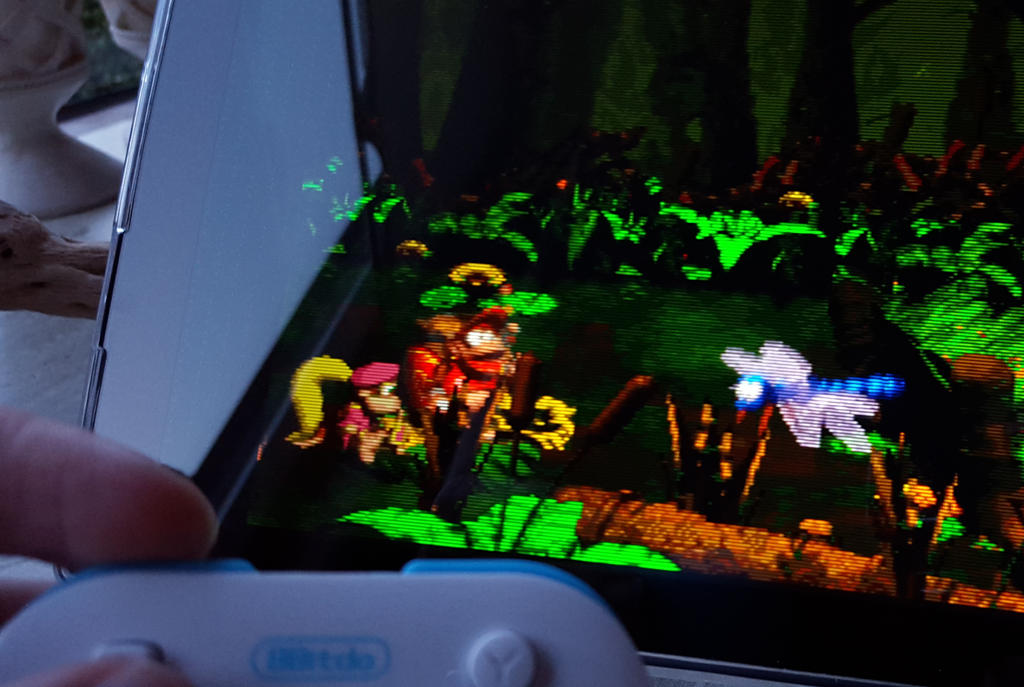I’ve written a CRT shader optimized for Raspberry Pis. The main aim has been to get a shader running at 1080P@60Hz on the Pi’s GPU that still looks reasonably good. Even if you are not using a Raspberry Pi, it might be useful if you are using similarly low end GPUs.
Some of the configuration options can be set using the retroarch frontend, for others, the shader file needs changing.
You will have to overclock your Pi to get 1080P@60Hz and, in the case of Pi2s, change the gamma correction to use a faster but less accurate way of calculating it.
There’s documentation in the crt-pi.glsl file describing the various options, including which overclock settings to use.
Briefly the options include:
[ul]
[li]Scanlines [/li][li]Multisampling [/li][li]Gamma correction [/li][li]Screen curvature [/li][li]Bloom of brighter scan lines [/li][li]Selectable horizontal filtering [/li][li]Selectable shadow mask type [/li][/ul]
Most of the options, when changed from the default, will slow the shader down so that it might no longer achieve 1080P@60Hz. There are some options that let you trade visual quality for speed and you can always display at lower that 1080P.
The shader is in the attached file at the end of the post.
I hope you like it.
dave j
Some example screenshots:







